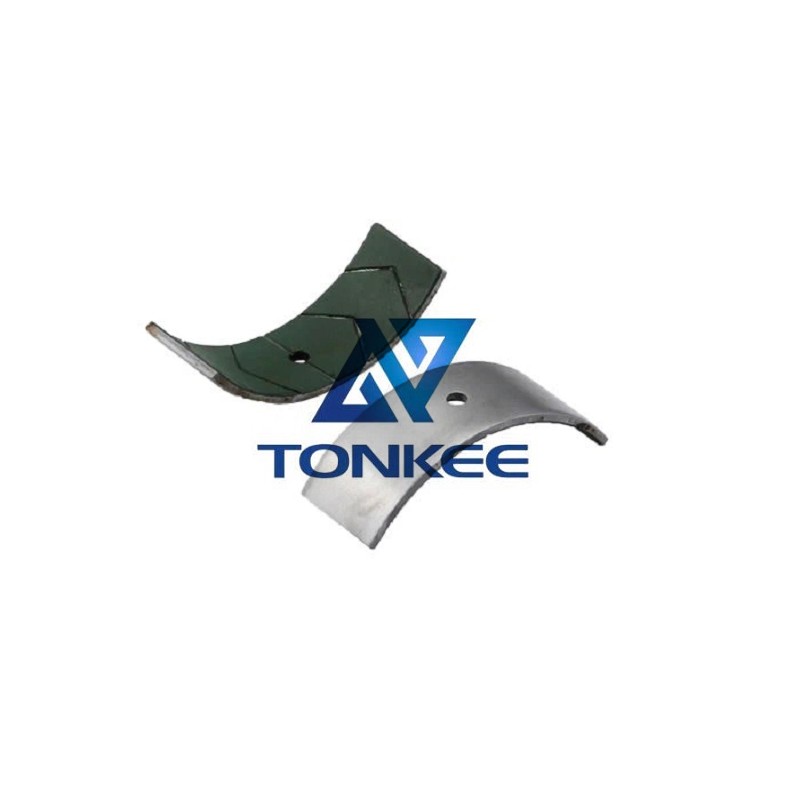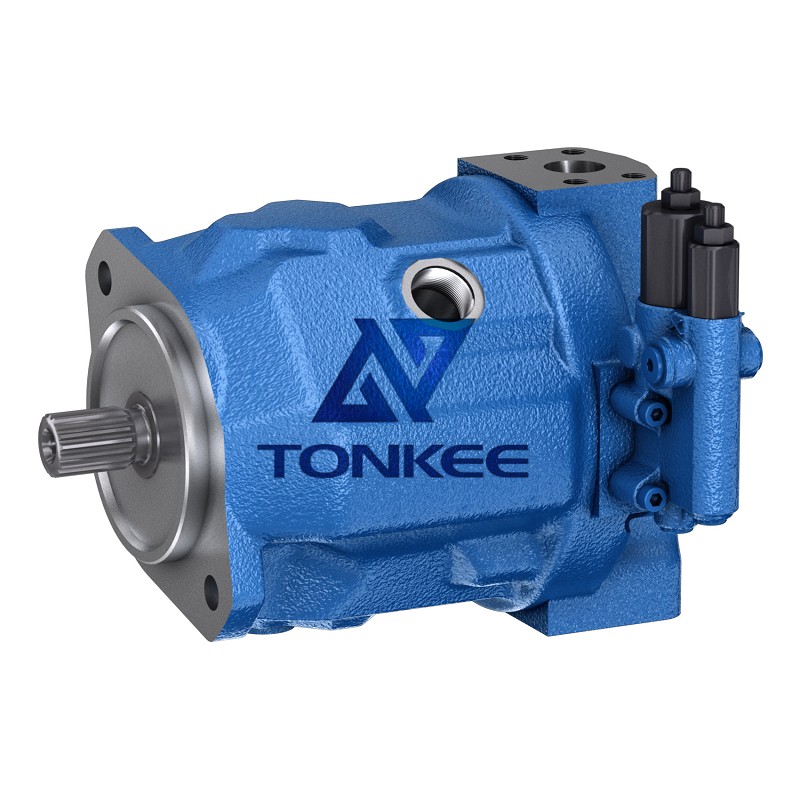
Housing: The housing of the PVM Series pump is typically made from high-strength materials such as cast iron or steel.
It provides a rigid structure to support other components and ensure proper alignment and operation.
Cylinder Block: The cylinder block houses multiple pistons arranged in an axial manner. It is responsible for converting the rotary motion of the input shaft into reciprocating motion of the pistons.
Pistons: The PVM Series pumps feature several pistons, typically nine, that reciprocate within the cylinder block. These pistons are precision-machined and sealed to maintain hydraulic pressure and ensure efficient pumping action.
Swash Plate: The swash plate is a key component that converts the reciprocating motion of the pistons into a rotary motion of the drive shaft. It is connected to the pistons and adjusts their stroke length, controlling the displacement of the pump.
Valve Plate: The valve plate contains various valves that regulate the flow of hydraulic fluid within the pump. It ensures the proper sequencing of the fluid to maintain smooth and efficient operation.
Drive Shaft: The drive shaft is connected to the swash plate and transfers the rotary motion from the pump to other components in the hydraulic system.
Shaft Seal: The shaft seal prevents hydraulic fluid leakage along the drive shaft. It is crucial for maintaining the efficiency and reliability of the pump.
Bearings: The PVM Series pumps incorporate high-quality bearings to support the rotating components and reduce frictional losses.
These bearings ensure smooth operation and extend the lifespan of the pump.
Port Plates: Port plates provide inlet and outlet ports for the hydraulic fluid. They are usually located on the housing and connect the pump to the rest of the hydraulic system.
Control Mechanism: The PVM Series pumps may include control mechanisms such as servo valves or electronic controls to adjust the pump displacement and flow rate according to system requirements.





 English
English português
português Русский язык
Русский язык










